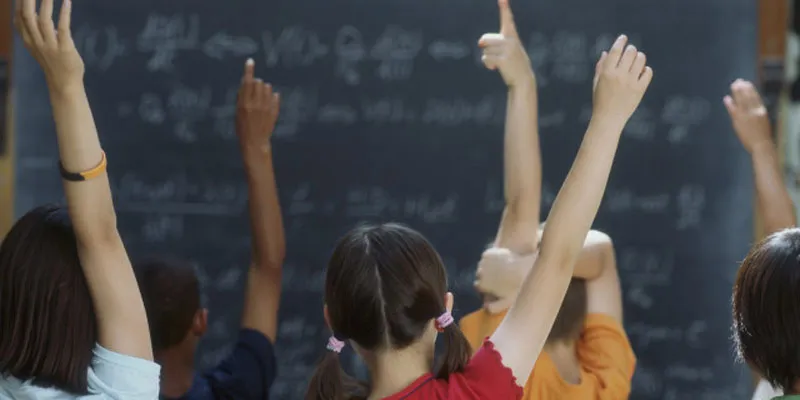Teachers, tablets and technology: what India’s education truly needs
A startling revelation by the Unified District Information System for Education once again showed the shambles in which the Indian education is. Maharashtra, as an example, has a whopping one lakh teachers with the highest qualification of just Class X. If this is the condition in what is regarded by some as the most developed State in the country, one shudders to think how it is in the less developed and remote areas of the country.

A super-power aspiring India is staring at a future generation of employment-unfit workers lacking in basic communication, arithmetic and cognitive skills. India lacks quality teachers and Narendra Modi’s Digital India programme, which currently is more inclined to disbursing tablets and technology in public schools, will fail if it ignores the most critical cog in the wheel – teachers. A campaign which has been hailed as one of the pillars of governance has failed to create a roadmap, not just for connecting students with the best teachers, but also to provide an environment to create better teachers.
There is almost no debate now that digital education is the norm for the future. However, we also know that tablets cannot replace teachers, but only complement them. What we need today is digital technologies tailored around teachers to enhance pedagogies and ensure uniform quality of teaching across the country. So the key lies in using digital platforms and solutions to deliver secure and quality content and, more importantly, provide access to quality teachers. Online learning platforms have, till date, failed to make an impact on India’s educational conditions, primarily because they are mostly just digitised textbooks and course content. What we need today is all-inclusive edtech platforms that can connect all the dots – deliver good quality content in a secure environment, channelise communication and collaboration between students and teachers and more importantly provide tools for teachers to improve teaching methods.
Edtech platforms like Mobiliya Edvelop are pioneering a new form of value-based digital education that goes beyond making course content available online. In a recent pilot programme, Mobiliya Edvelop helped the Chinese government to drive rural education initiatives by connecting poor and remote rural schools in western China to urban learning centres. These rural schools lacked in basic educational resources and quality teachers. Using the Mobiliya Edvelop platform, teachers from the urban schools delivered lectures, tests and assignments to two classes simultaneously – one to the city school and the other to the remote rural school. Audio and video sessions were recorded in the city school using camera and wireless headsets and transmitted to the rural class in real time. In the rural schools, the lectures were delivered over a projector and speakers. Students could participate and ask questions to the teacher over a wireless mic. This proved to be simple yet powerful way to bridge educational gaps using easy-to-use digital technologies.
Lack of quality teachers is not a problem restricted to rural India. Even city schools and colleges have failed to provide quality teachers who can personalise learning, a scenario that has led to the rise of numerous coaching classes and private tuitions. To counter this, we need digital platforms that allow school and college teachers to conduct micro-tuitions for every student. Teachers need tools that help them create personalised assignments and tests or customise the curriculum to get the best out of every student. This would not only make learning more engaging for every student, but also help teachers do a better job consistently.
Also, using digital technologies would mean that teachers would need to develop key skills themselves, like acquiring technical expertise, ability to create quality course materials and develop skills to make learning more engaging. Education boards can push specific teacher training programmes through online platforms that teachers can take up from anywhere, any time, thus enhancing quality of teachers across regions and centres.
The solution is clear. The government needs to adopt a three-pronged approach of connecting teachers, tablets and technology to shape a future-ready generation. The question remains: will the government deliver?







